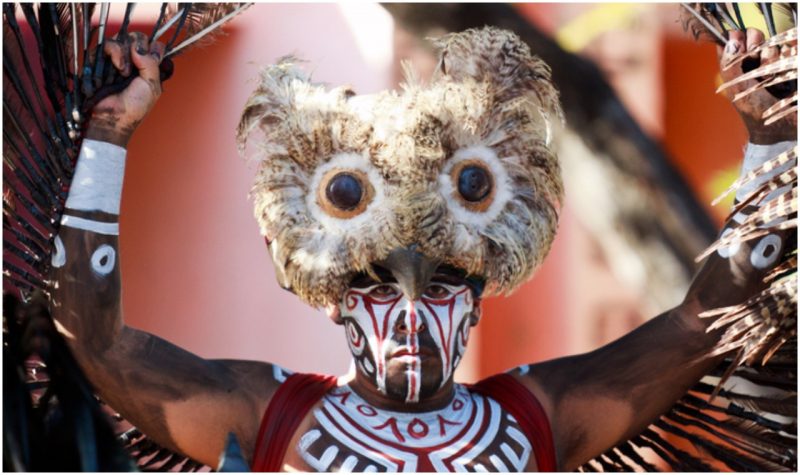Gonzalo Guerrero is known by several names, including Gonzalo Marinero, Gonzalo De Aroca, and Gonzalo De Aroza among them. It’s fitting that he had so many names, because, in a way, he had several different lives as well.
He was a soldier, a sailor, a slave, and a prince, and he became the father of the first true Mestizos (mixed Mayan and European) in the Americas.
Gonzalo was a Spaniard, born in Palos de la Frontera, Huelva, Spain, sometime around the year 1470. He trained as a soldier and was a member of the force that drove the Moors out of the Iberian Peninsula by 1492, ending an occupation that lasted for centuries.
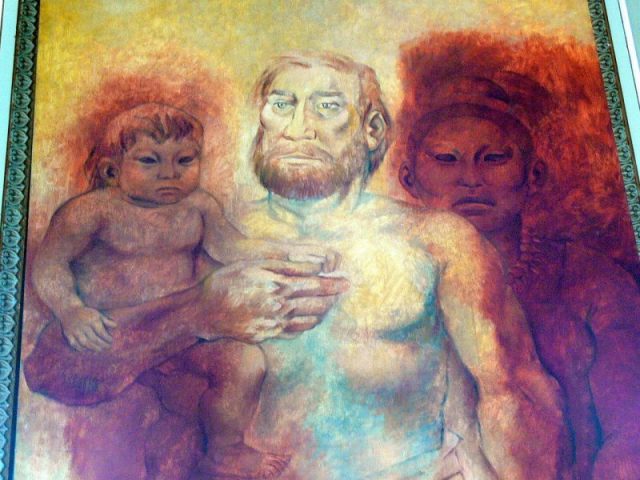
What happened after that seems to be a little unclear. The tourism website Bicycle Yucatan says that after chasing the Moors from Granada, perhaps looking for his next adventure, or at least his next job, he signed up with Christopher Columbus to be part of his first trip across the ocean, aboard La Niña.
However, Chactemal.com says that, after defeating the Moors, Gonzalo followed a Spanish Captain names Gonzalo Fernandez de Cordoba to Naples, Italy, then went to the New World in 1510 with Captain Nunez de Balboa on a ship carrying slaves.
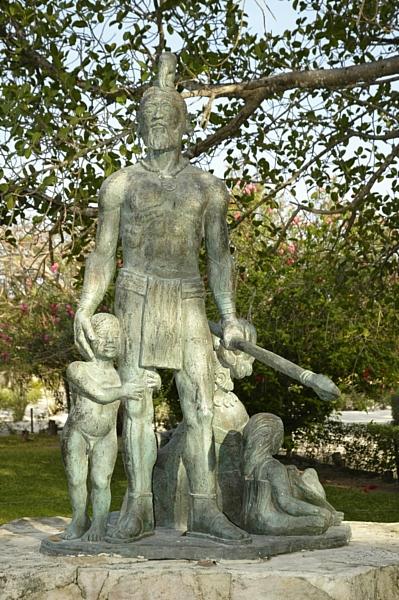
One thing is agreed on, in either case. In 1511, Gonzalo was on a ship that ran into a huge storm that left it destroyed. Gonzalo was one of only 20 people to escape the wreck in a small boat, with no food or water. Eventually, eight survivors made landfall on the Yucatan coast, the rest of the people on the boat having been cannibalized.
The nightmare didn’t end there. The survivors were almost immediately captured by natives who sacrificed four of the remaining men — and ate them. The remaining four were put into a cage for fattening so they could be likewise dealt with later. Having access to food again enabled the remaining captives to regain their strength, and they won free of their imprisonment.

They escaped to the lands of other tribes. After a couple of years of grueling work, only Gonzalo and one other of the survivors were still alive. The other man, Geronimo de Aguilar, clung to his Spanish heritage and culture, but Gonzalo embraced the culture of the Mayans who took him in, and he went on hunting parties and to war with other men of the tribe.
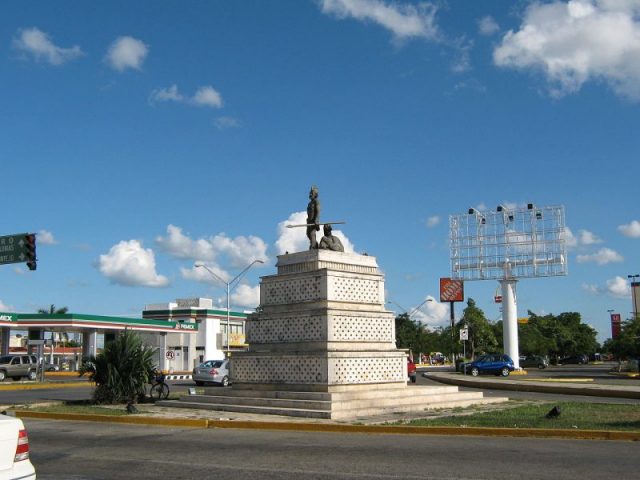
Over time, Gonzalo became trusted and respected by the leaders of his new people, and he was given his freedom. Eventually, his military prowess attracted the attention of a Mayan Lord, Nachan Can, who made him a war leader. Gonzalo took to the new role, wearing traditional dress and receiving the facial and body tattoos that went with the position.
He eventually married Nachan Can’s daughter, the Princess Zazil Ha, and the couple produced three children who are believed to be the first Mestizos.
When conquistador Hernan Cortes arrived at Cozumel in 1519, he heard of the two surviving Spanish prisoners and resolved to free them. He found Geronimo de Aguilar and took him on as a translator, then went in search of Gonzalo Guerrero.
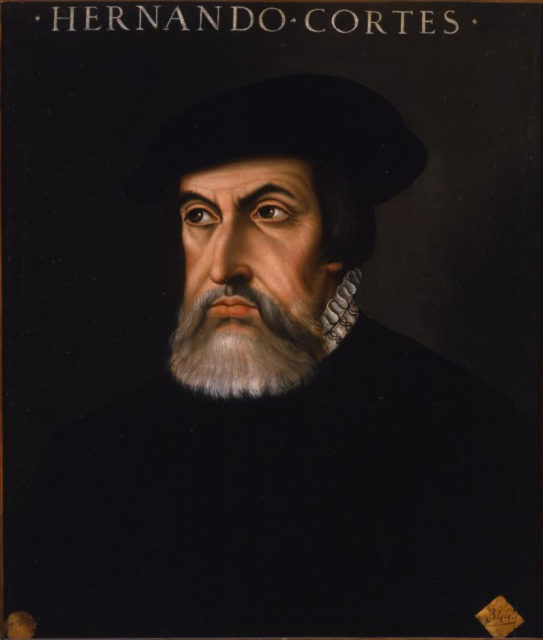
When Cortes offered to return Gonzalo to Spain, he refused to leave his adopted people, reportedly saying “I married a Mayan woman, have three children, am chief and captain, taken their ways with tattoos, pierced ears, and scarred face…This is my place.”
Read another story from us: The Legendary Chief Who Almost Unified All Native Americans
Gonzalo Guerrero lived and fought with the Mayans for 20 years. It’s said that on August 14, 1536, Spanish soldiers fighting the Mayans in Honduras were extremely surprised to find among the fallen a bearded, tattooed man who had Spanish features. It’s believed that man was Gonzalo Guerrero.
